Home>Construction & Tools>Electrical and Plumbing Systems>What Is A Level 2 EV Charger
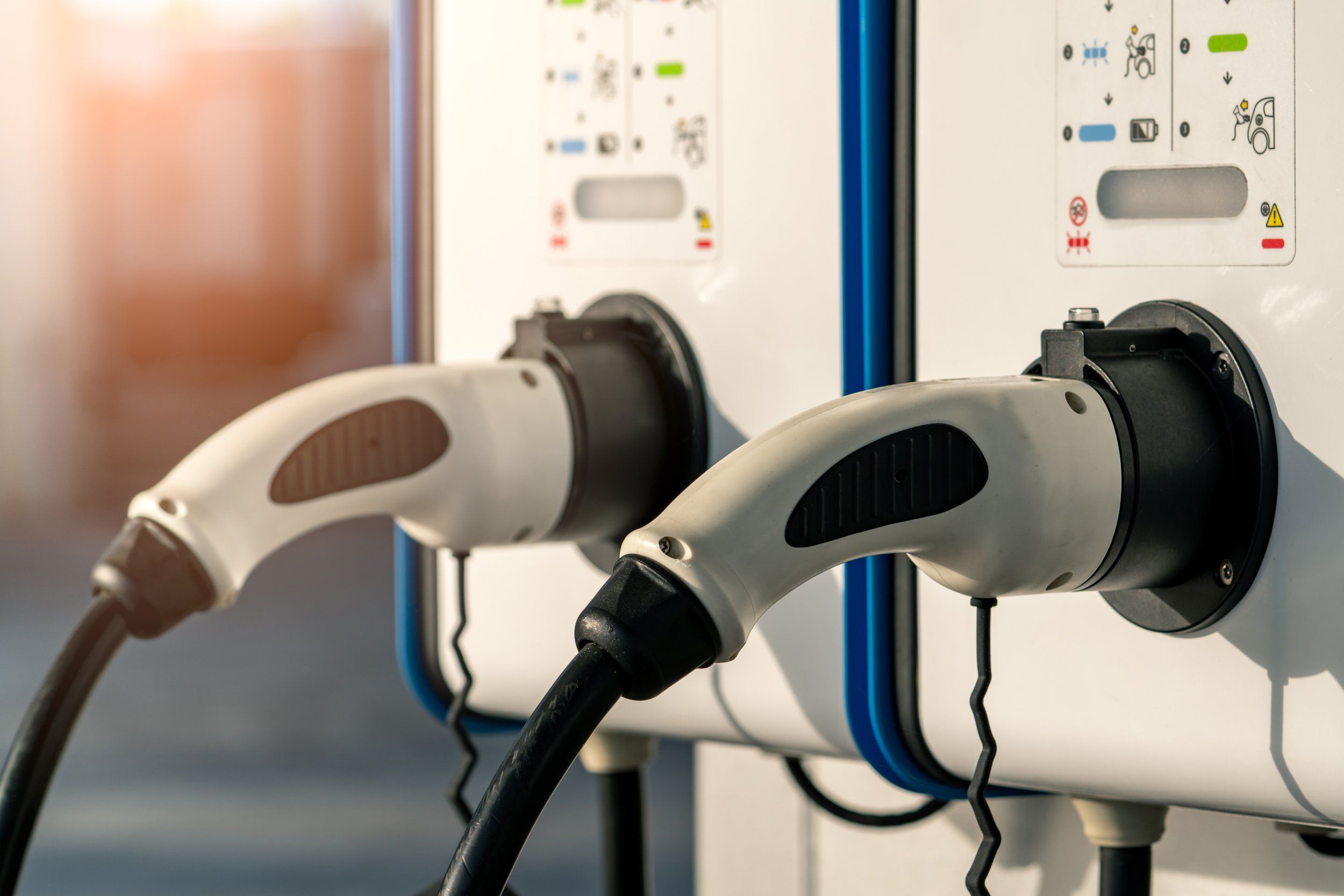

Electrical and Plumbing Systems
What Is A Level 2 EV Charger
Modified: January 4, 2024
Learn about the benefits of Level 2 EV chargers for electrical and plumbing systems. Find out how they offer faster charging and increased convenience.
(Many of the links in this article redirect to a specific reviewed product. Your purchase of these products through affiliate links helps to generate commission for Storables.com, at no extra cost. Learn more)
Introduction
As the world transitions towards sustainable energy solutions, electric vehicles (EVs) have emerged as a prominent alternative to traditional gasoline-powered cars. With the rising popularity of EVs, the demand for efficient and rapid charging infrastructure has grown significantly. In this context, the concept of electric vehicle charging levels has garnered attention, with Level 2 EV chargers standing out as a pivotal component in the charging ecosystem.
Understanding the intricacies of electric vehicle charging levels is essential for both current and prospective EV owners. It not only aids in making informed decisions regarding charging infrastructure but also contributes to a broader comprehension of the evolving automotive landscape. In this comprehensive guide, we delve into the specifics of Level 2 EV chargers, exploring their benefits, installation considerations, and overall impact on the electric vehicle ownership experience. Whether you are a seasoned EV enthusiast or someone considering the transition to electric mobility, this article aims to provide valuable insights into the significance of Level 2 EV chargers and their role in shaping the future of sustainable transportation.
Key Takeaways:
- Level 2 EV chargers offer faster and more convenient charging for electric vehicles, making them a crucial part of the transition to sustainable transportation.
- Installing Level 2 EV chargers requires careful planning and may involve costs, but they play a key role in promoting electric vehicle adoption and reducing reliance on traditional fossil fuel vehicles.
Read more: What Is A Level 3 EV Charger
Understanding Electric Vehicle Charging Levels
Electric vehicle charging levels categorize the charging capabilities and speeds of various charging stations. These levels are crucial in determining the charging time required to replenish an EV’s battery and play a pivotal role in shaping the overall charging infrastructure. There are three primary levels of electric vehicle charging, each offering distinct charging speeds and compatibility with different EV models.
Level 1 Charging:
- Level 1 charging utilizes a standard 120-volt AC household outlet to charge an electric vehicle.
- This charging method is the slowest, typically delivering around 4-5 miles of range per hour of charging.
- Level 1 chargers are often included with the purchase of an electric vehicle, providing a convenient option for overnight charging at home.
Level 2 Charging:
- Level 2 charging operates at 240 volts, requiring a dedicated charging unit to be installed in the charging location.
- These chargers offer significantly faster charging compared to Level 1, providing approximately 10-60 miles of range per hour, depending on the vehicle and charger specifications.
- Level 2 chargers are commonly found in residential, workplace, and public charging environments, offering a versatile and efficient charging solution for EV owners.
DC Fast Charging (Level 3):
- DC fast charging, also known as Level 3 charging, delivers high-voltage direct current (DC) to the vehicle’s battery, enabling rapid charging capabilities.
- These chargers are capable of providing 60-80 miles of range in just 20 minutes of charging, making them ideal for long-distance travel and quick top-ups.
- DC fast chargers are predominantly located along highways and major travel routes, facilitating expedited charging for EV drivers on the go.
Understanding the nuances of these charging levels empowers EV owners to make informed decisions regarding charging infrastructure, ensuring that their vehicles are efficiently powered to meet their daily driving needs. While Level 1 charging suffices for many daily commutes, Level 2 chargers offer a compelling balance of charging speed and practicality, making them a popular choice for residential and public charging installations.
Level 2 EV Charger: An Overview
Level 2 EV chargers represent a pivotal advancement in electric vehicle charging infrastructure, offering a compelling balance of charging speed and practicality for both residential and commercial applications. These chargers operate at 240 volts, requiring a dedicated charging unit to be installed at the desired charging location. Level 2 charging presents a significant improvement over standard 120-volt Level 1 charging, delivering faster charging times and enhanced convenience for EV owners.
One of the key components of a Level 2 EV charging setup is the charging station itself. These stations are available in a variety of configurations, including wall-mounted units for residential use and pedestal-mounted units suitable for commercial and public charging environments. Level 2 charging stations are equipped with standardized connectors, such as the SAE J1772 plug, ensuring compatibility with a wide range of electric vehicles.
Moreover, Level 2 chargers are designed to incorporate smart charging features, enabling connectivity with mobile apps and energy management systems. This connectivity allows EV owners to remotely monitor and control the charging process, schedule charging sessions during off-peak hours to optimize energy costs, and receive real-time charging status updates, enhancing the overall user experience.
Furthermore, the installation of Level 2 charging stations often involves professional electricians to ensure compliance with electrical codes and standards. While residential installations may require dedicated circuits and electrical upgrades, commercial and public installations demand careful planning to accommodate multiple charging stations while optimizing electrical load distribution.
From a broader perspective, the proliferation of Level 2 EV chargers contributes to the expansion of electric vehicle adoption by addressing the charging needs of a diverse range of EV models. These chargers play a crucial role in establishing a robust charging infrastructure, catering to the charging requirements of EV owners in residential settings, workplace parking lots, public garages, and other communal spaces.
Overall, Level 2 EV chargers represent a significant leap forward in the realm of electric vehicle charging, offering a versatile and efficient charging solution that aligns with the evolving needs of electric mobility.
A Level 2 EV charger can charge an electric vehicle faster than a standard outlet. It’s a good option for home charging or public charging stations.
Benefits of Level 2 EV Chargers
Level 2 EV chargers offer a myriad of benefits that significantly enhance the electric vehicle ownership experience, making them a preferred choice for residential, commercial, and public charging installations. Understanding these advantages is crucial for discerning the impact of Level 2 charging infrastructure on the broader adoption of electric mobility.
Rapid Charging:
One of the primary advantages of Level 2 EV chargers is their ability to deliver significantly faster charging compared to standard Level 1 charging. With charging speeds ranging from 10 to 60 miles of range per hour, Level 2 chargers efficiently replenish an EV’s battery, providing a practical solution for daily charging needs. This accelerated charging capability ensures that EV owners can conveniently top up their vehicles within a reasonable timeframe, supporting seamless integration of electric vehicles into their daily routines.
Enhanced Convenience:
Level 2 charging stations offer enhanced convenience through their compatibility with a wide range of electric vehicles. The standardized connectors, such as the SAE J1772 plug, ensure interoperability across various EV models, enabling a seamless charging experience for EV owners. Additionally, the availability of Level 2 chargers in residential, workplace, and public settings contributes to the accessibility and convenience of electric vehicle charging, promoting widespread adoption and utilization of EVs.
Optimized Charging Management:
Level 2 EV chargers are equipped with smart charging features that enable advanced charging management and control. Through connectivity with mobile apps and energy management systems, EV owners can remotely monitor and schedule charging sessions, leveraging off-peak electricity rates and optimizing energy consumption. This level of control empowers EV owners to make informed decisions regarding their charging habits, contributing to energy efficiency and cost savings.
Support for Long-Distance Travel:
Level 2 charging infrastructure plays a crucial role in supporting long-distance travel for electric vehicle owners. By providing rapid charging capabilities at workplaces, public parking facilities, and along travel routes, Level 2 chargers facilitate convenient top-ups, enabling EV drivers to embark on extended journeys with confidence. This accessibility to rapid charging contributes to the overall viability and practicality of electric vehicles for both local commuting and intercity travel.
Environmental Sustainability:
The widespread deployment of Level 2 EV chargers aligns with the overarching goal of promoting environmental sustainability through the adoption of electric vehicles. By offering a practical and efficient charging solution, Level 2 chargers contribute to reducing reliance on fossil fuels, lowering greenhouse gas emissions, and fostering a cleaner and more sustainable transportation ecosystem.
Overall, the benefits of Level 2 EV chargers extend beyond mere charging capabilities, encompassing convenience, efficiency, and environmental impact. As the demand for electric vehicles continues to rise, the role of Level 2 charging infrastructure in facilitating seamless and accessible charging solutions becomes increasingly paramount.
Installation and Cost Considerations
When contemplating the installation of Level 2 EV chargers, several crucial considerations come into play, encompassing installation logistics, associated costs, and the overall impact on the charging environment. Understanding these factors is essential for individuals, businesses, and communities seeking to integrate Level 2 charging infrastructure effectively.
Installation Logistics:
The installation of Level 2 EV chargers necessitates careful planning and coordination to ensure seamless integration into the desired charging locations. For residential installations, homeowners may need to engage professional electricians to assess electrical capacity, install dedicated circuits, and potentially upgrade electrical panels to accommodate the charging station. Workplace and public installations demand meticulous site evaluations to determine optimal placement of charging stations, electrical load distribution, and compliance with local regulations and building codes.
Cost Considerations:
The costs associated with Level 2 EV charger installations encompass various components, including the purchase of the charging station, installation labor, electrical upgrades, and potential permitting fees. The pricing of Level 2 charging stations varies based on factors such as power output, connectivity features, and brand reputation. Additionally, the complexity of installation, electrical infrastructure requirements, and any necessary upgrades contribute to the overall installation costs. While residential installations may involve moderate expenses, commercial and public installations often entail more substantial investments due to the scale and complexity of the charging infrastructure.
Incentives and Rebates:
Many regions offer incentives, rebates, and tax credits to offset the costs associated with Level 2 EV charger installations. These incentives aim to promote the adoption of electric vehicles and the expansion of charging infrastructure. By leveraging available incentives, homeowners, businesses, and municipalities can mitigate the upfront expenses of installing Level 2 chargers, making sustainable transportation solutions more accessible and appealing.
Scalability and Future-Proofing:
When evaluating Level 2 charging installations, considering scalability and future-proofing is crucial. Businesses and communities should assess the potential for expanding charging infrastructure to accommodate growing EV adoption and evolving charging demands. Implementing scalable solutions and considering future technological advancements in EV charging ensures that the installed infrastructure remains relevant and effective in the long term, supporting the seamless integration of electric vehicles into the transportation ecosystem.
Overall Impact:
The installation of Level 2 EV chargers holds far-reaching implications, contributing to the accessibility, convenience, and sustainability of electric vehicle charging. By strategically deploying charging infrastructure in residential, commercial, and public spaces, communities can foster a conducive environment for electric vehicle adoption, promoting cleaner transportation and reducing reliance on traditional fossil fuel vehicles.
Considering these installation and cost considerations is pivotal in orchestrating the effective deployment of Level 2 EV chargers, ensuring that charging infrastructure aligns with the evolving needs of electric mobility while balancing practicality and financial feasibility.
Read more: What Is A Type 2 EV Charger
Conclusion
Level 2 EV chargers stand as a cornerstone of the evolving electric vehicle charging landscape, offering a compelling blend of efficiency, convenience, and practicality. As the demand for sustainable transportation solutions continues to surge, the significance of Level 2 charging infrastructure in shaping the adoption and utilization of electric vehicles cannot be overstated.
By understanding the distinct advantages of Level 2 EV chargers, including rapid charging capabilities, enhanced convenience, optimized charging management, and support for long-distance travel, individuals, businesses, and communities can embrace electric mobility with confidence. The installation and cost considerations associated with deploying Level 2 charging infrastructure underscore the need for meticulous planning, scalability, and leveraging available incentives to ensure the seamless integration of charging solutions into diverse environments.
Looking ahead, the continued proliferation of Level 2 EV chargers holds the potential to catalyze widespread electric vehicle adoption, reduce greenhouse gas emissions, and foster a more sustainable transportation ecosystem. The accessibility and practicality of Level 2 charging infrastructure, coupled with its role in supporting the charging needs of a diverse range of electric vehicles, position it as a linchpin in the transition towards cleaner and more efficient mobility.
As electric vehicles become increasingly ingrained in the fabric of modern transportation, the impact of Level 2 EV chargers extends beyond mere charging capabilities, resonating with the broader narrative of environmental stewardship, energy efficiency, and technological innovation. Embracing Level 2 charging infrastructure represents a pivotal stride towards a future where electric mobility is seamlessly integrated into everyday life, empowering individuals and communities to embrace sustainable transportation solutions with confidence and conviction.
In essence, Level 2 EV chargers epitomize the convergence of technological advancement, environmental consciousness, and practicality, embodying the transformative potential of electric mobility in shaping a cleaner, more sustainable future for generations to come.
Frequently Asked Questions about What Is A Level 2 EV Charger
Was this page helpful?
At Storables.com, we guarantee accurate and reliable information. Our content, validated by Expert Board Contributors, is crafted following stringent Editorial Policies. We're committed to providing you with well-researched, expert-backed insights for all your informational needs.
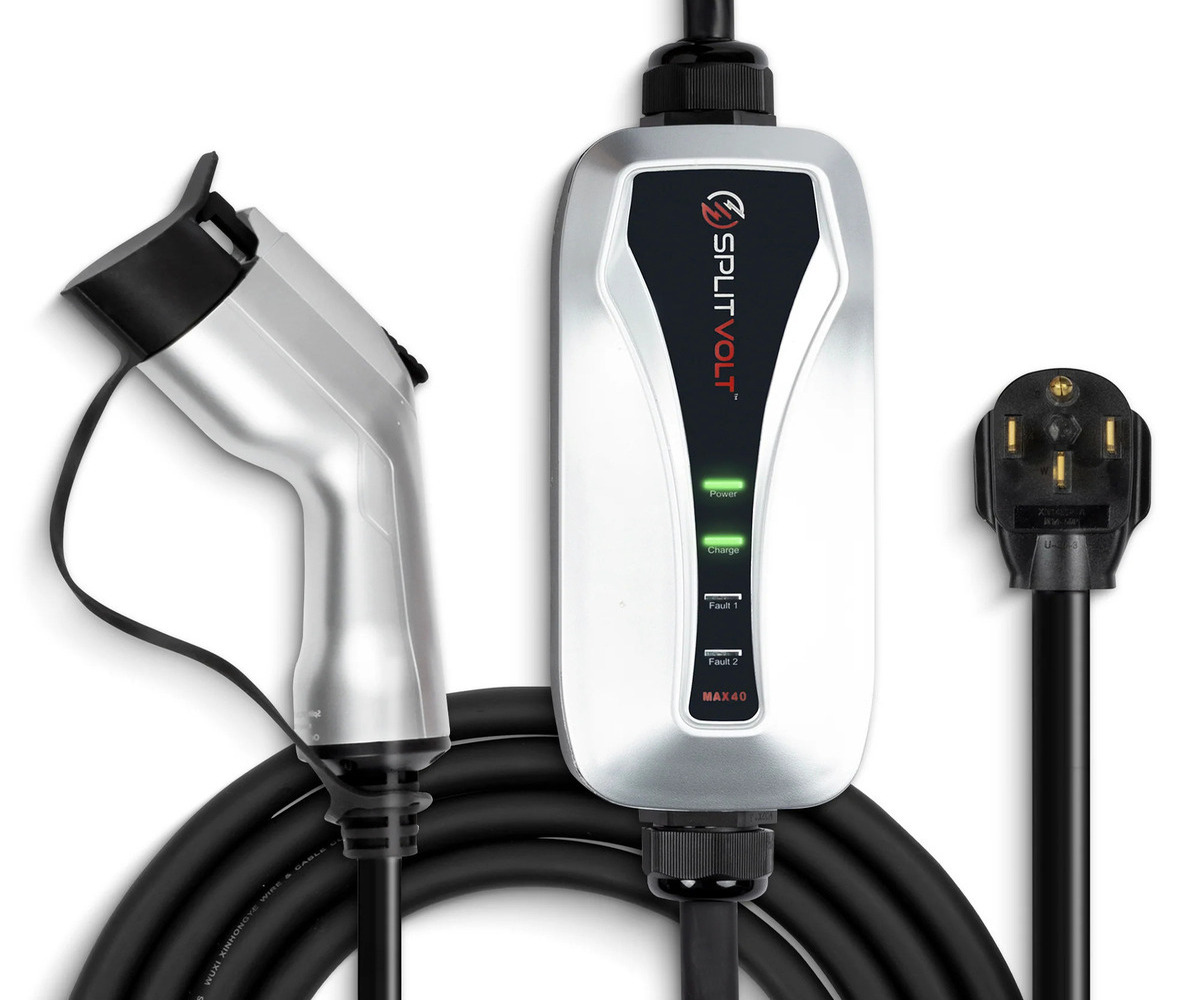
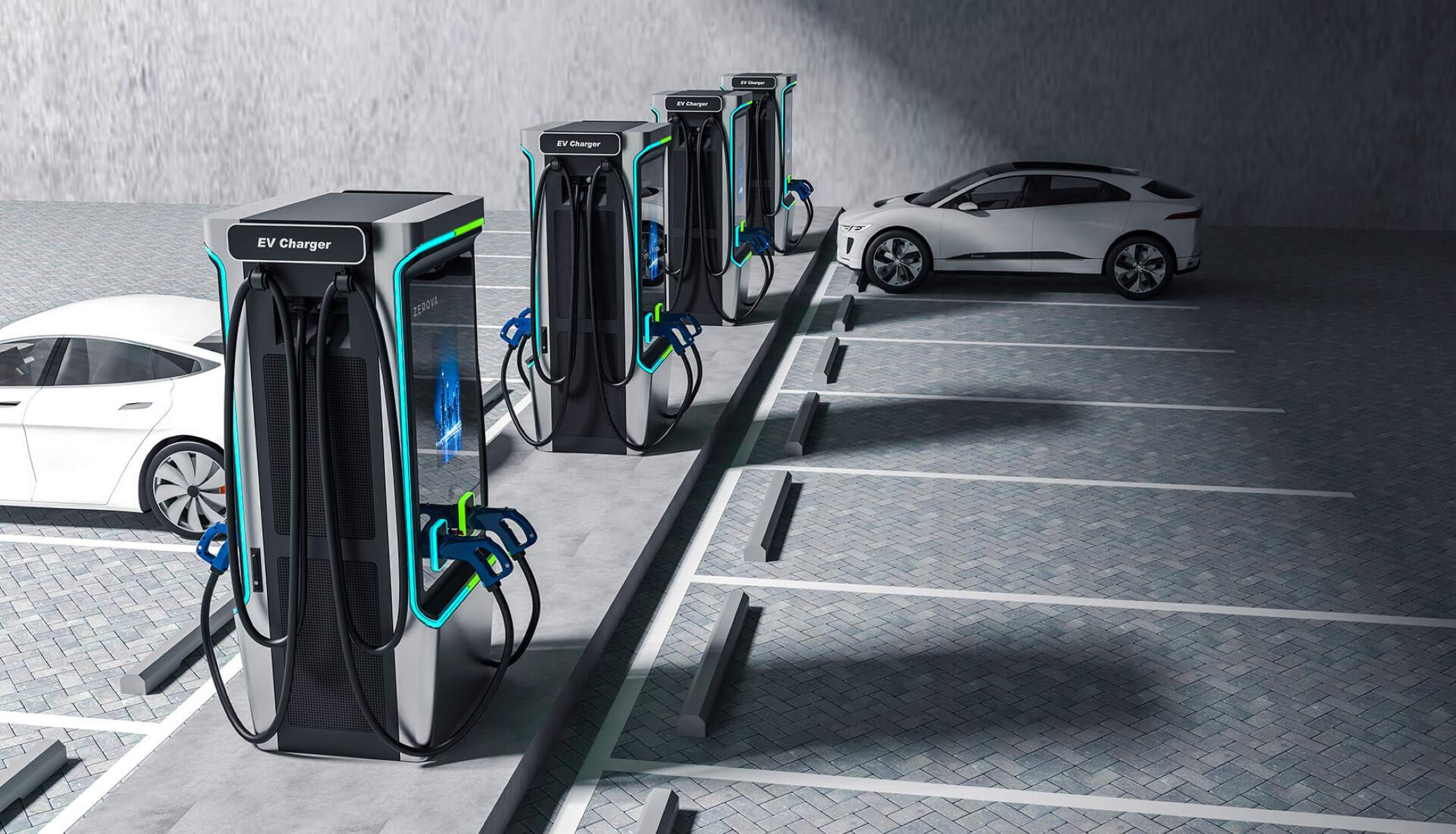
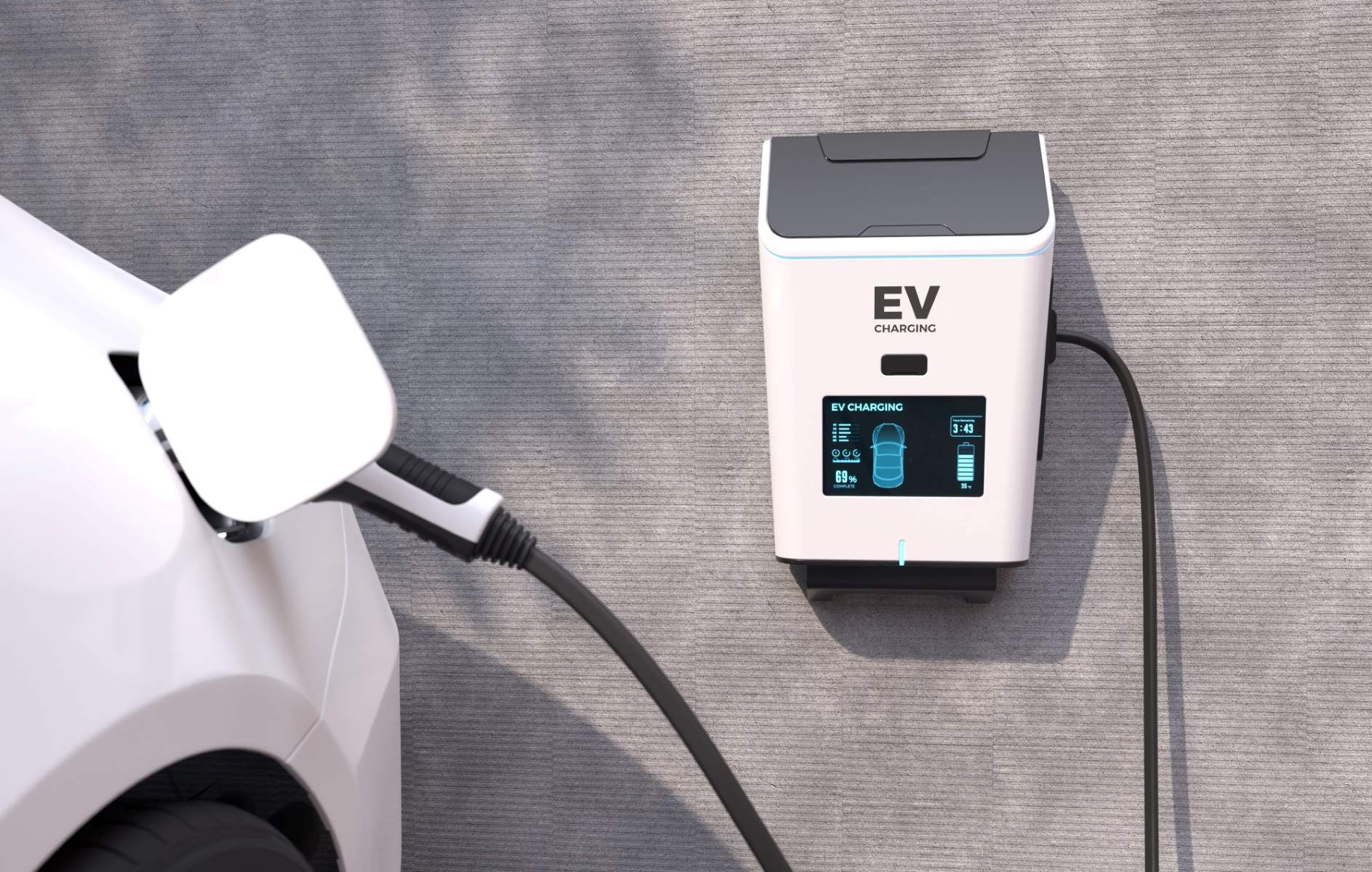
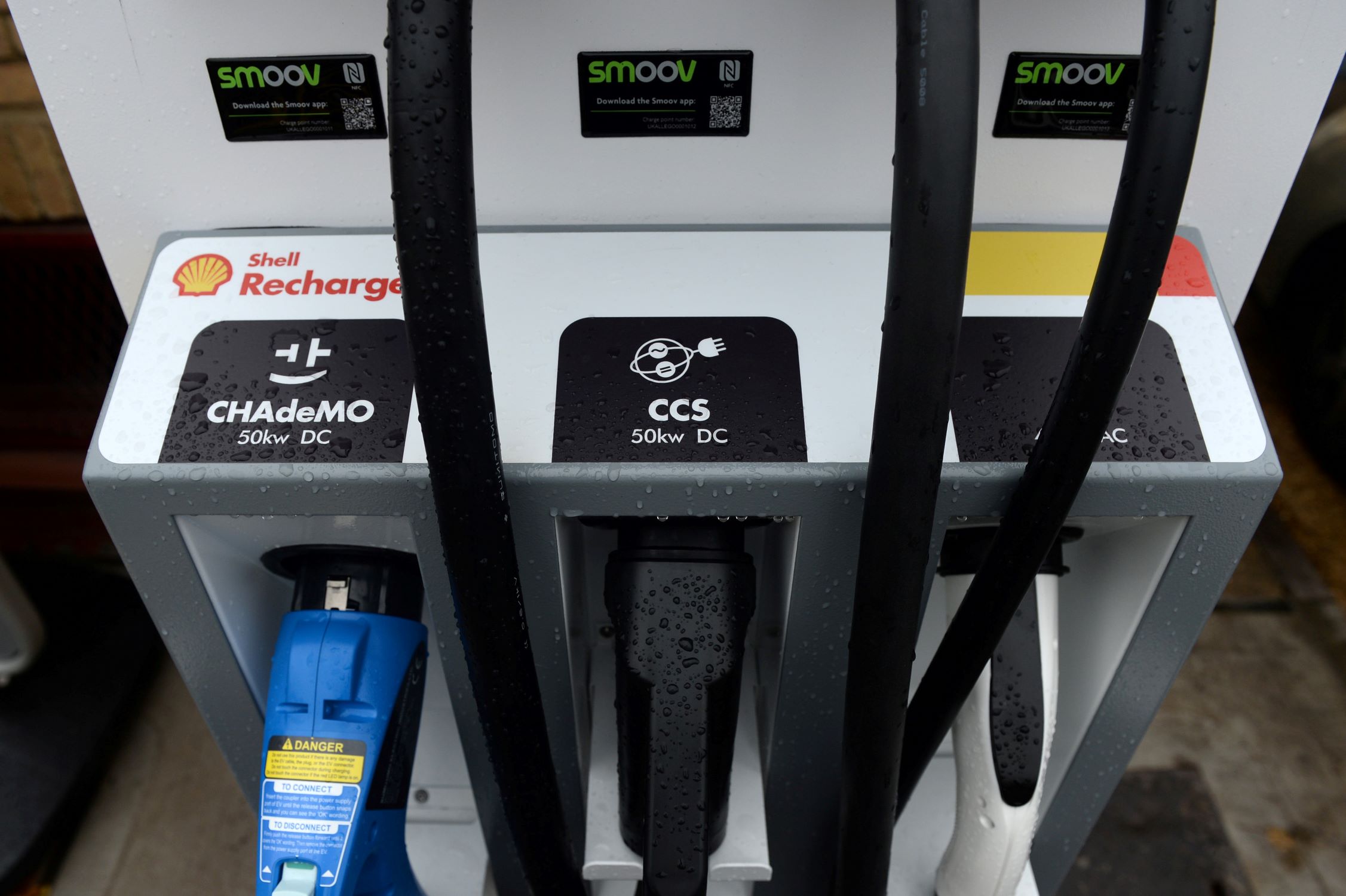
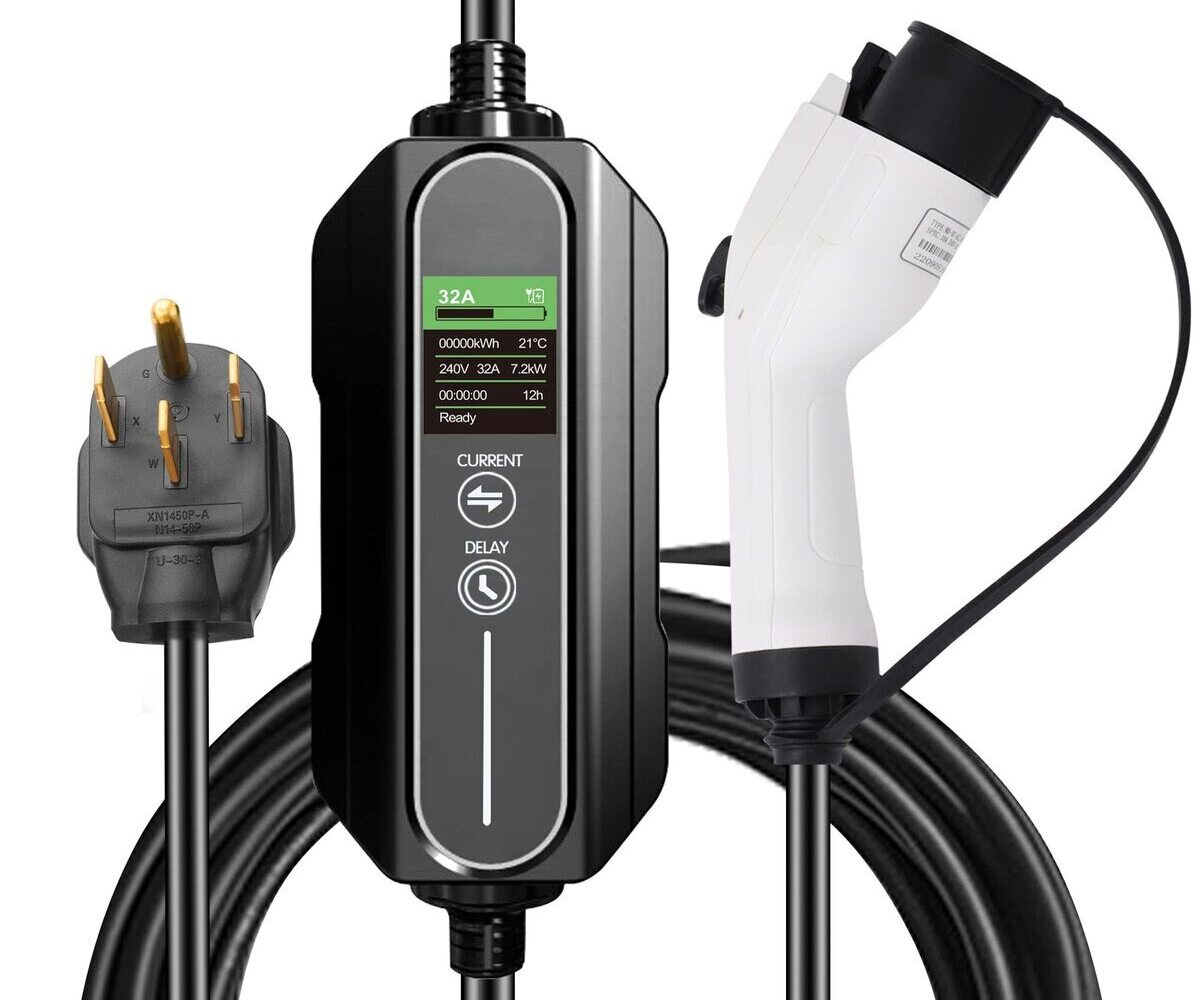
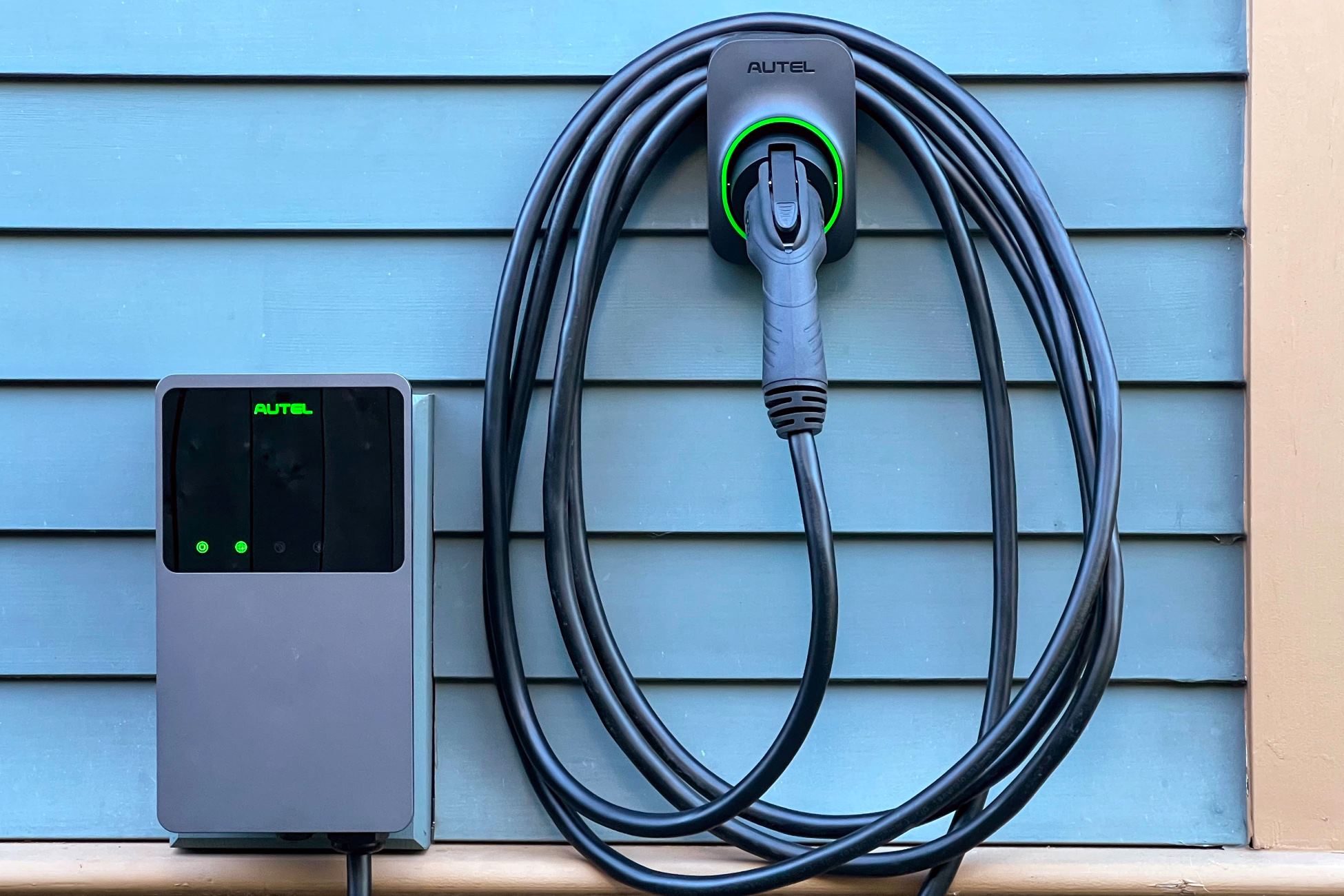
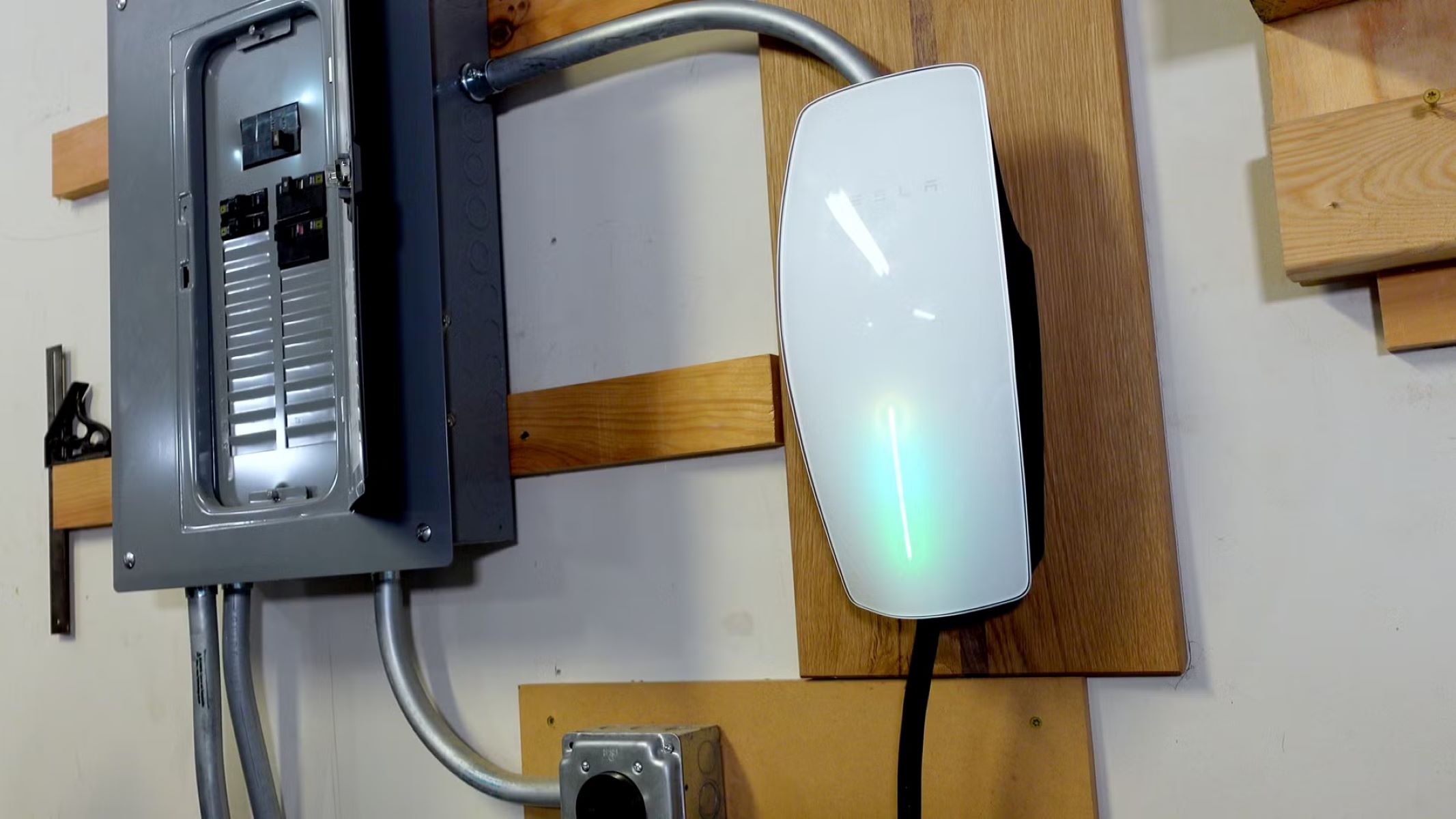
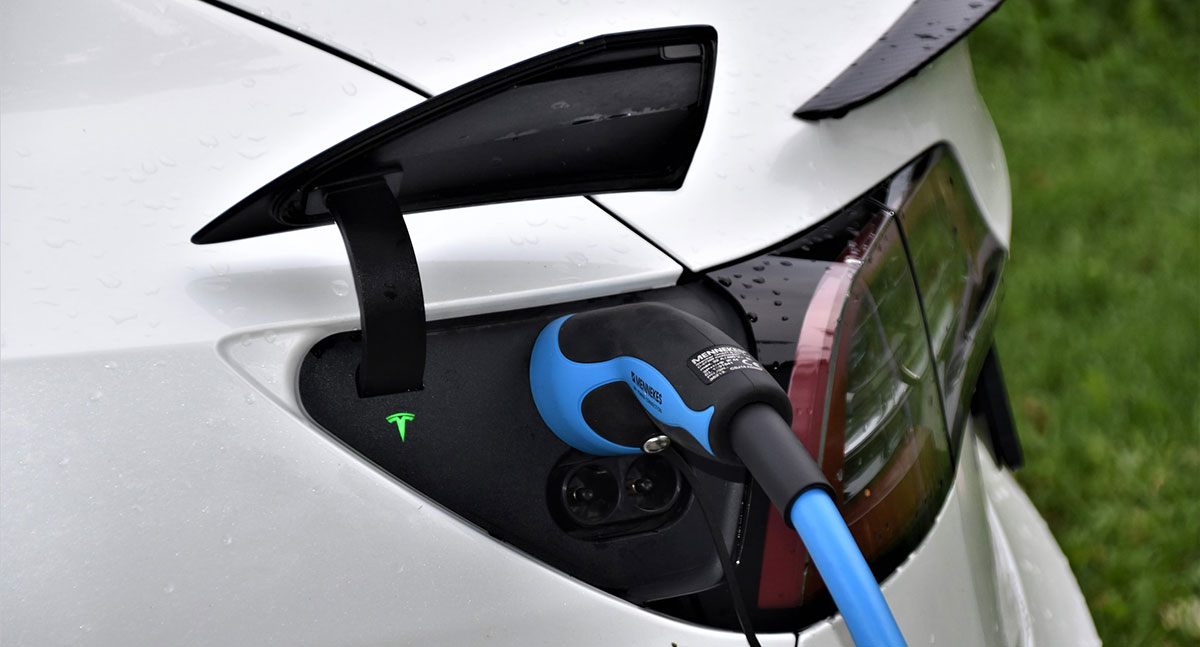
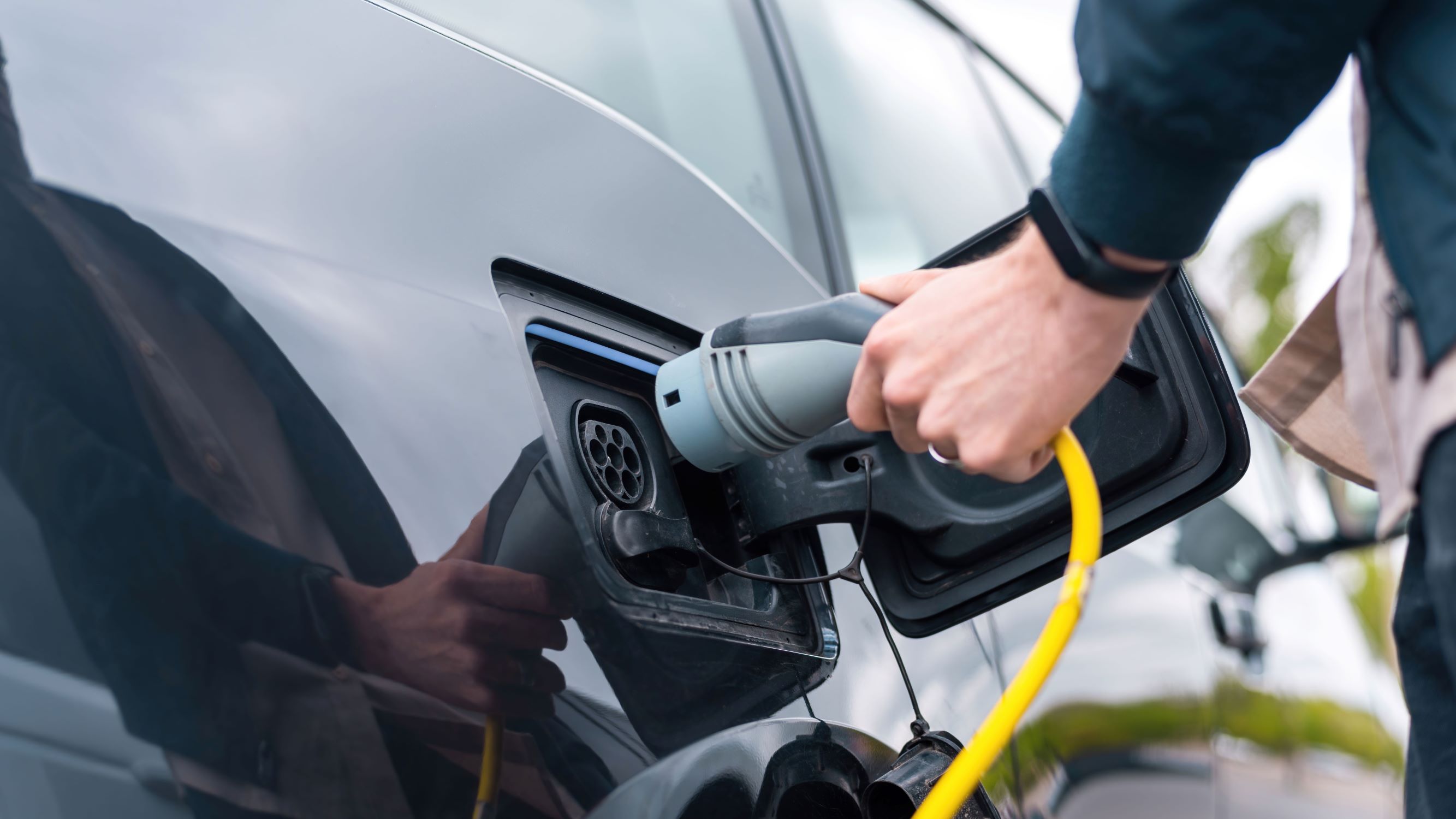
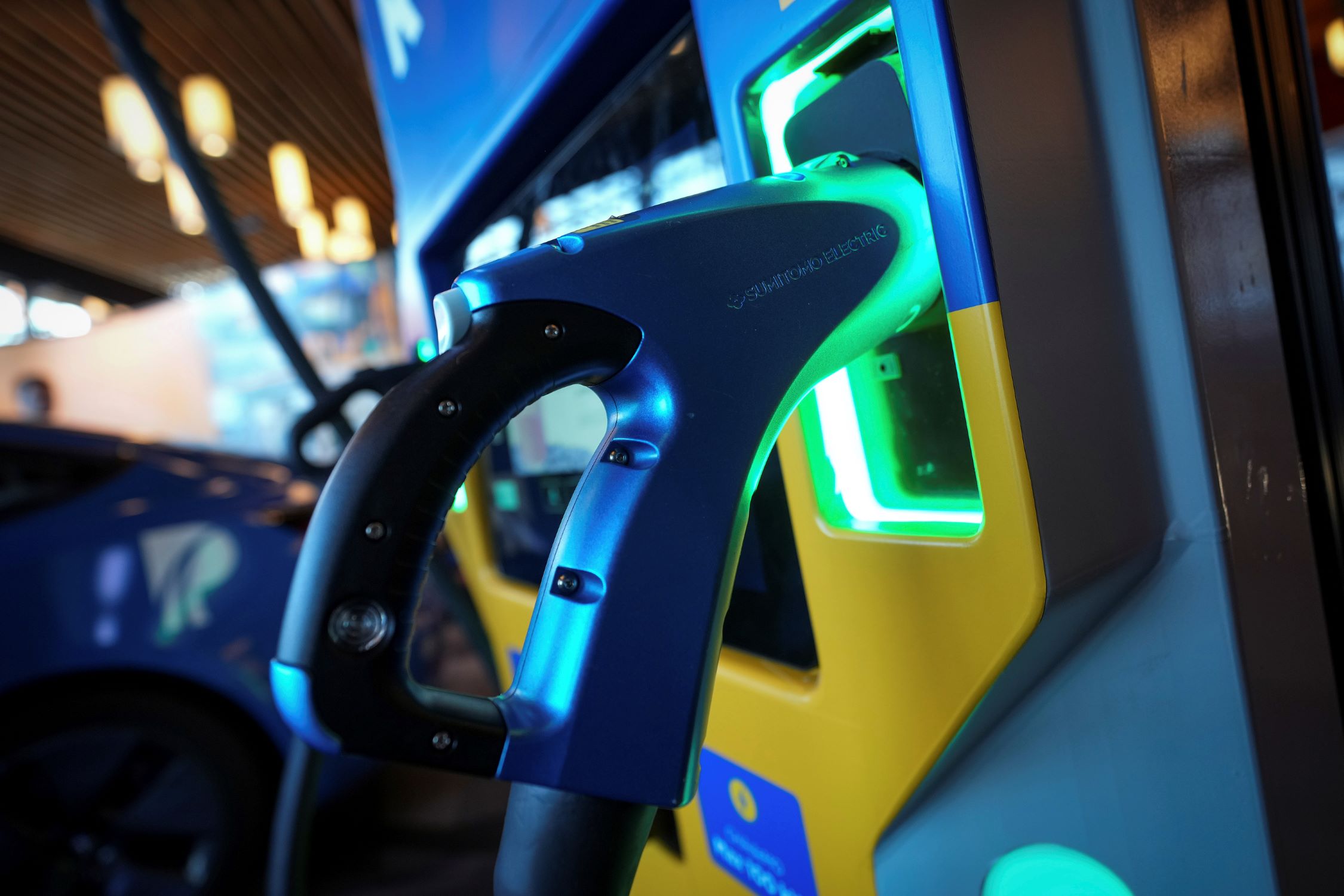
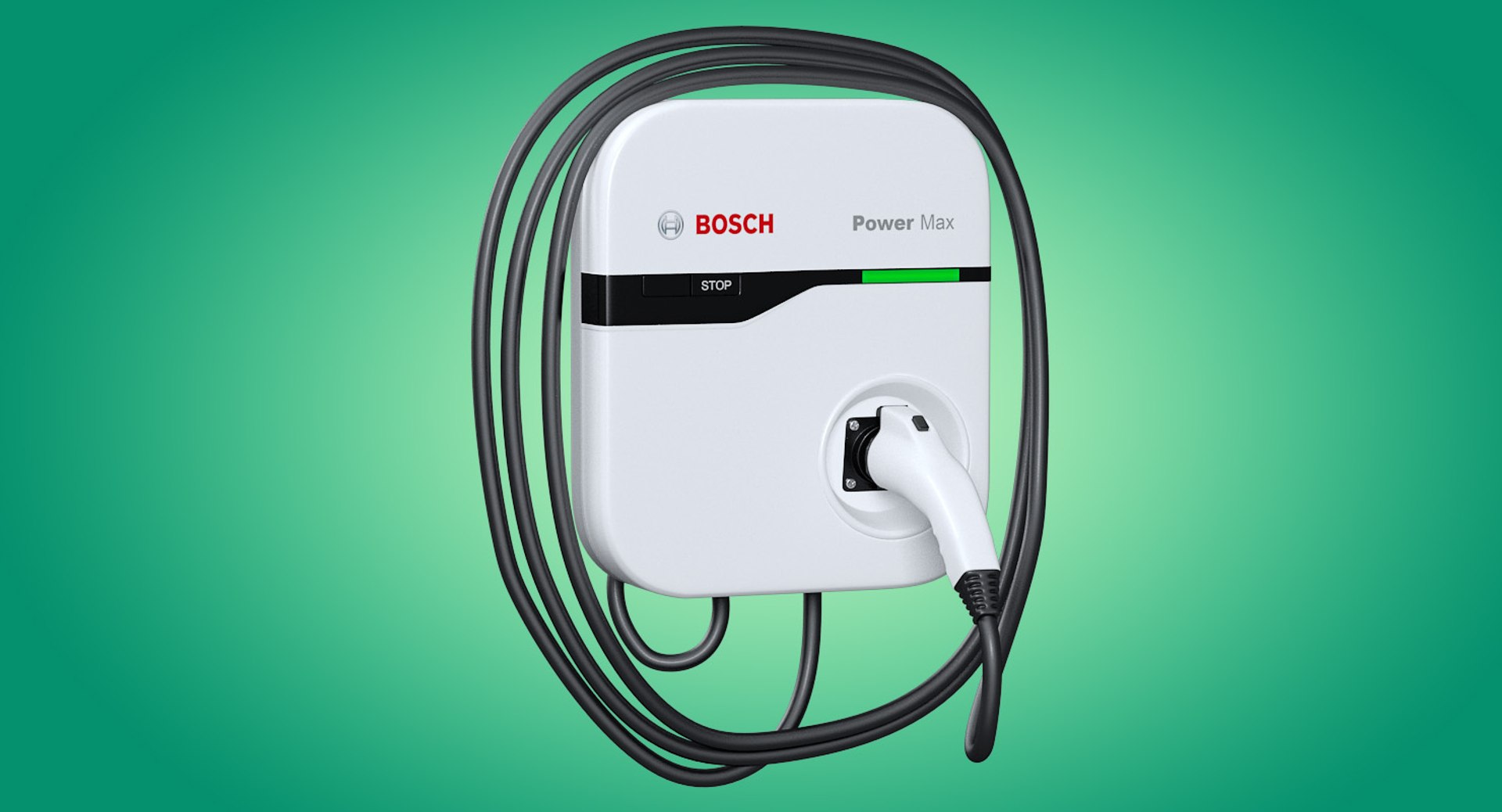
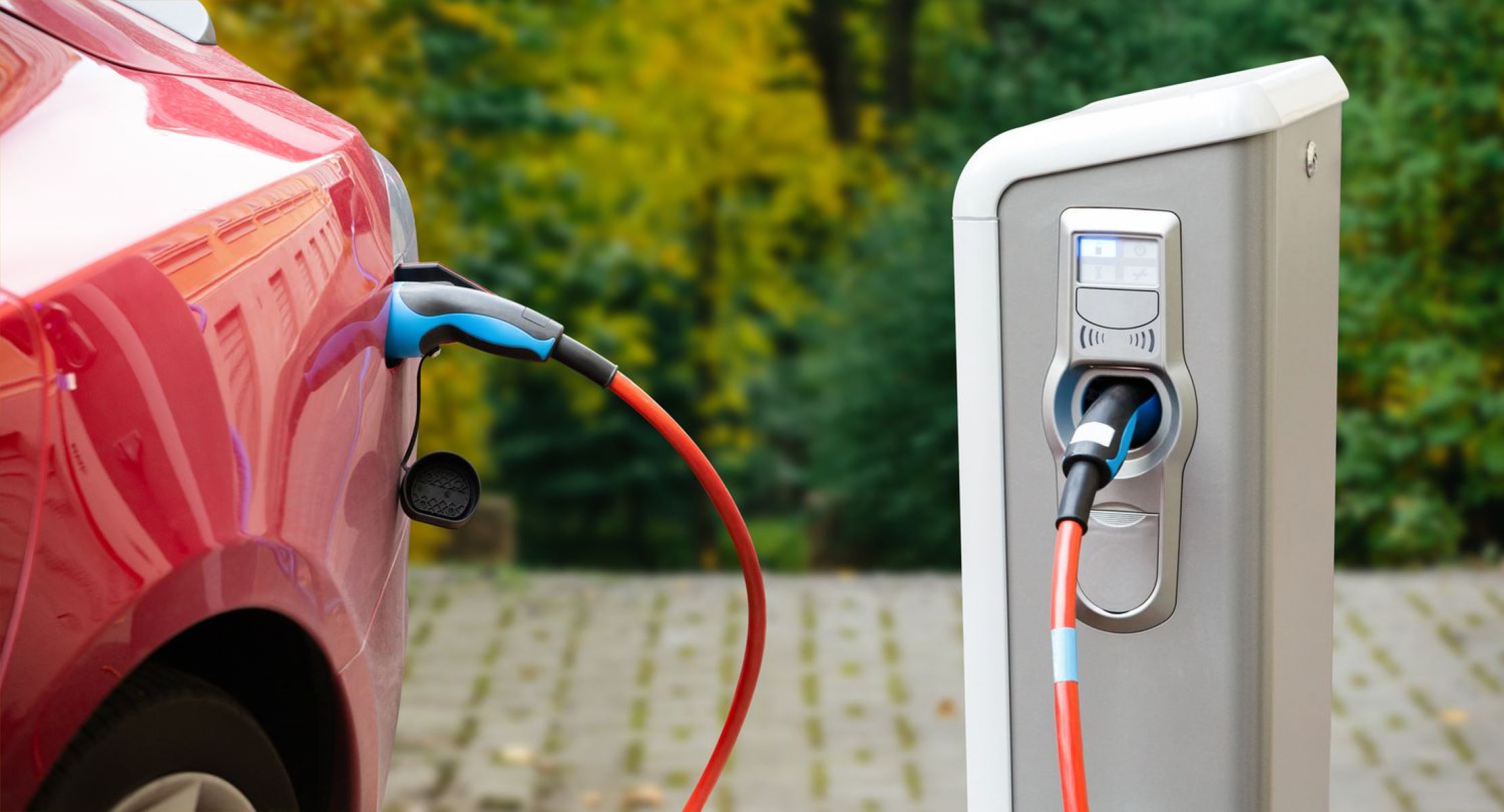
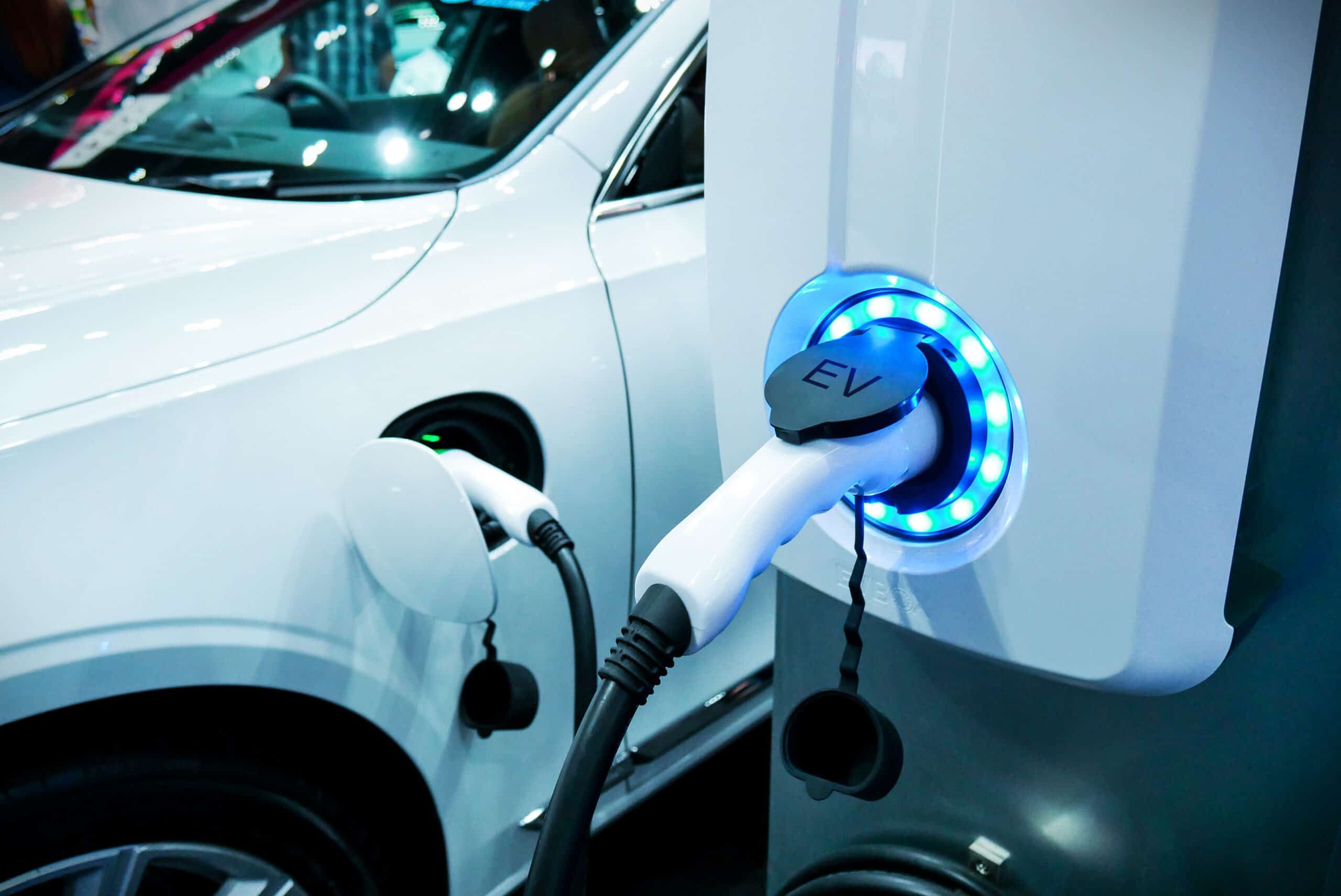
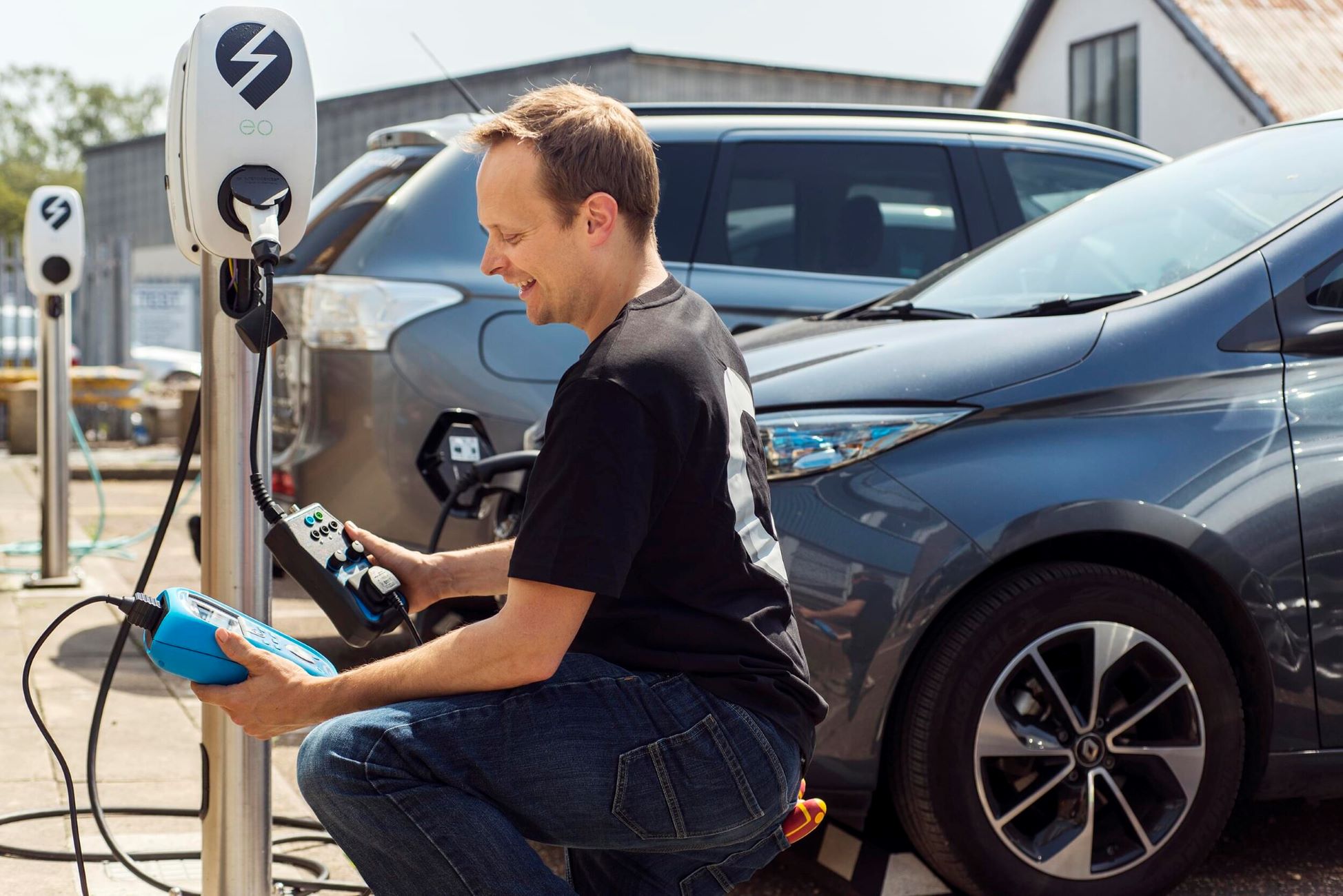

0 thoughts on “What Is A Level 2 EV Charger”